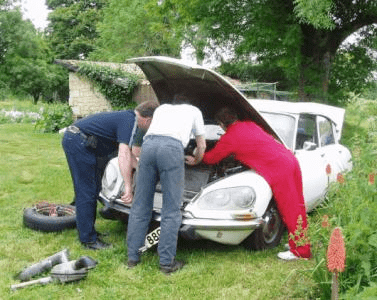Javascript Variable Hoisting
This is article is the second of a series of
narticles, wherencould be any given number …

One of the principles of Unobtrusive JS is the “separation of functionality (the “behavior layer”) from a Web page’s structure/content and presentation”.
<a href="#" onclick="SomeObj.someAction(2)">Do some action on Obj 2</a>
<a href="#" class="someaction" data-id="2">Do some action on Obj 2</a>
And in our JS file:
$(
(function() {
$(document).on("click", ".someaction", function() {
SomeObj.someAction($(this).data("id"));
});
})(jQuery)
);
Notice that with this, you don’t even need to expose the someAction method from SomeObj, you can do these bindings in the object declaration.
A pretty common mistake (I think) occurs while adding some charts to a page ( genarally a dashboard). I commited this mistake too.
<script type="text/javascript">
Morris.Donut({
element: "my-chart-placeholder",
data: <%= raw ModelController.chart_data.to_json %>
})
</script>
<div id="my-chart-placeholder"></div>
As you can see, I’m doing the JS right into the page, so, I can concatenate it with a Ruby method call, and get the data without use a Restful call.
Pretty tricky, but, you can do it better.
Use data attributes!
<div id="my-chart-placeholder" data-chart="<%= ModelController.chart_data.to_json %>">
</div>
dashboard.js
$(
(function() {
var id = "my-chart-placeholder";
var chart = $("#" + id);
// verify if the placeholder exists
if (chart.lenght > 0) {
Morris.Donut({
element: id,
data: chart.data("chart")
});
}
})(jQuery)
);
Much better, huh? We now have our presentation and behavior more separated.